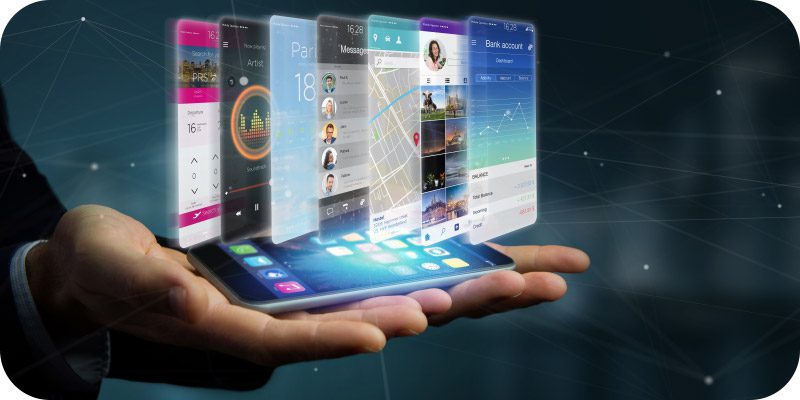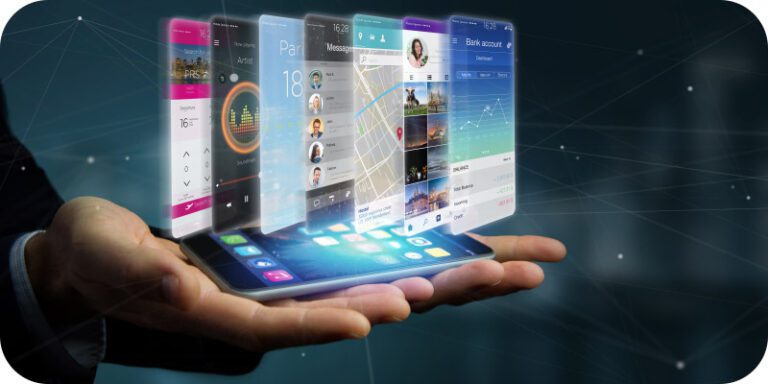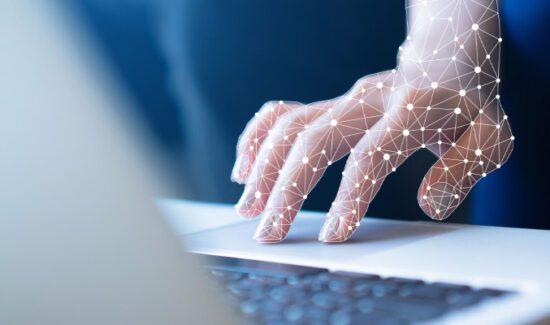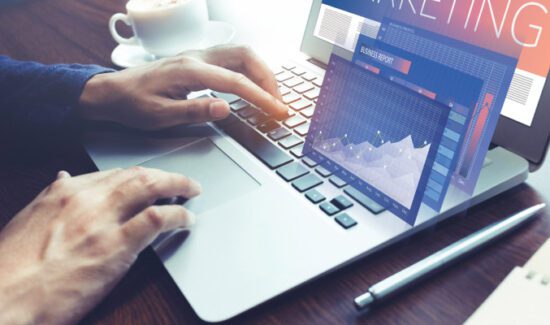Front Office Modernization: Delivering a B2C Experience for B2B Buyers


Mike Reynolds, a Principal Solutions Architect for Technology Platform Partnerships at Contentful, outlines how front office modernization can help companies deliver a B2C experience for B2B buyers. This article originally appeared in Insight Jam, an enterprise IT community that enables human conversation on AI.
 An engaging and easy-to-use website is the hallmark of all digital shopping experiences. Features such as aesthetic designs, easy navigation, and personalization draw in customers, can drive new revenue growth, and cultivate a brand’s image while strengthening loyalty.
An engaging and easy-to-use website is the hallmark of all digital shopping experiences. Features such as aesthetic designs, easy navigation, and personalization draw in customers, can drive new revenue growth, and cultivate a brand’s image while strengthening loyalty.
Many brands believe that they’ve already captured their B2B audience, but as the commerce environment evolves, investing in current customer experiences is just as important as fostering new relationships. The need for efficiency, reduced costs, and innovation has already led to significant improvements in the back office for many organizations, but now, it’s time to bring the B2B front office up to speed.
Meeting the Needs of Today’s Tech-Savvy (and Selective) Customers
Today’s B2B customers are digital natives. This generation of buyers has grown up around the internet, smartphones, streaming services, and other technology. The same desire for digital convenience they experience as a regular consumer extends to the office and their work. But many businesses still have customers suffering through rigid, outdated systems to complete simple purchasing tasks. These systems force customers to go through tedious manual steps to find what they’re looking for, like navigating through digital versions of print catalogs or waiting on an account representative to answer a simple question, update them on new products, or place an order.
B2B buyers are accustomed to having choices, and they expect brands to be able to deliver what they need at any time, anywhere, and on the channel they prefer. Not to mention, most are already spending a significant amount of time and energy navigating internal procurement processes to make a purchase and don’t have the bandwidth to jump through additional hoops. They need a process that is intuitive and streamlined.
Across industries, technology is rapidly advancing to anticipate and meet these evolving consumer requirements. This puts businesses at a crossroads, where they can either choose to adapt or risk losing customers to other vendors as customer expectations continue to rise.
Advancing the Front Office for Optimized Operations
A modern B2B self-service customer portal puts customers’ needs at their fingertips. Today, an ideal B2B portal gives customers real-time access to their quotes, orders, service tickets, and inventory and offers relevant product suggestions. This creates a more user-friendly experience and helps buyers breeze through purchases faster while providing options to make more informed decisions, ultimately driving long-term loyalty.
Additionally, by synchronizing front-office modernization with enterprise resource planning (ERP) updates, B2B businesses can generate new revenue streams while offsetting transformation costs.
How a Self-Service Experience Creates User Empowerment
Self-service user portals offer a consistent, seamless, and intuitive experience across touchpoints, from initial engagement to purchase and beyond. For B2B sellers, offering this kind of user empowerment increases customer satisfaction and frees up time for teams to focus on other high-value initiatives.
When B2B buyers have instant access to real-time inventory updates, personalized product recommendations, and the ability to initiate and track returns, customer service teams have more time to focus on exceptional consumer interactions. Under these circumstances, teams can strengthen business relationships and improve overall efficiency.
Additionally, utilizing a digital experience platform that offers flexible content management tools makes integrating rich, relevant content into the customer journey seamless. This allows for faster content release cycles, enabling marketing and merchandising teams to invest their primary focus in developing a quality, on-brand experience.
It’s Time to Future Proof
Modernizing the front office isn’t just about keeping pace—it’s about staying ahead. Companies that limit their technological capabilities within their content management systems restrict their ability to grow and remain competitive. Especially in today’s competitive market, moving beyond outdated technology to create smoother commerce experiences can differentiate a brand and strengthen customer relationships.
By prioritizing the B2B buying experiences, businesses will gain crucial competitive advantages over slow adopters through increased customer loyalty and revenue, as well as improved operational efficiency. Those who fail to adapt risk losing customers to other vendors. Future-proofing your business with the right tools is critical to meeting customer expectations, no matter where technology trends go next month or in the years to come.



















